A new ranking looks at three factors that go into making a city successful: people, planet, and profit.
When we talk about the future of societies, a lot of times we mean the future of cities. By 2050, 70% of the planet is likely to be in an urban centre, and these places will account for a lion’s share of resource consumption and output. They already do: Cities are home to 55% of the world population today, use 80% of all energy, and produce most the world’s greenhouse gases.
The question is whether cities of the future will ever square the need to be economically dynamic with the need to be environmentally responsible and socially enriching. It won’t be easy. As a new index of sustainable cities shows, many places are better at one part of the equation than another. For example, many U.S. cities are economically dynamic but score relatively poorly for the environment. Some cities are good on the livability side of things, but they don’t cater well to businesses and commerce. And so on.
Top 10
1. Frankfurt
2. London
3. Copenhagen
4. Amsterdam
5. Rotterdam
6. Berlin
7. Seoul
8. Hong Kong
9. Madrid
10. Singapore
The index comes from Arcadis, a Dutch design group, and is based on three sets of data. The first, under “people,” includes measurements of health, education, income inequality, work-life balance, and green space. The second, under “planet,” covers energy emissions, pollution levels, natural disaster risk, and sanitation. The third, under “profit,” includes business environment, economic performance, and GDP per capita.
From our partners:
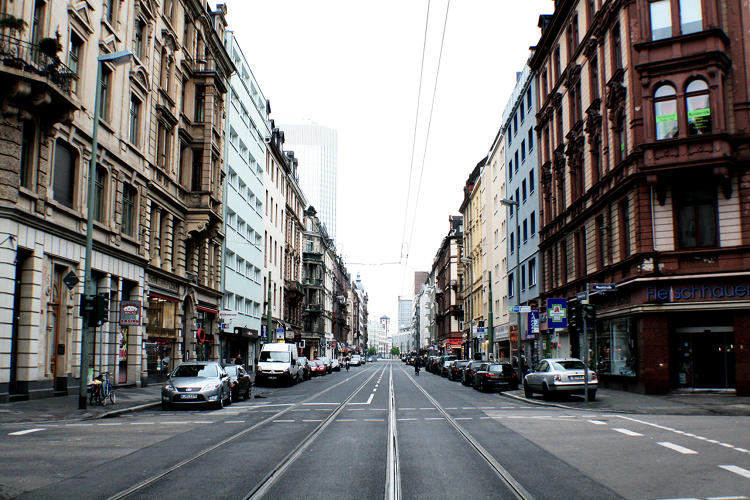
FLICKR USER KYU
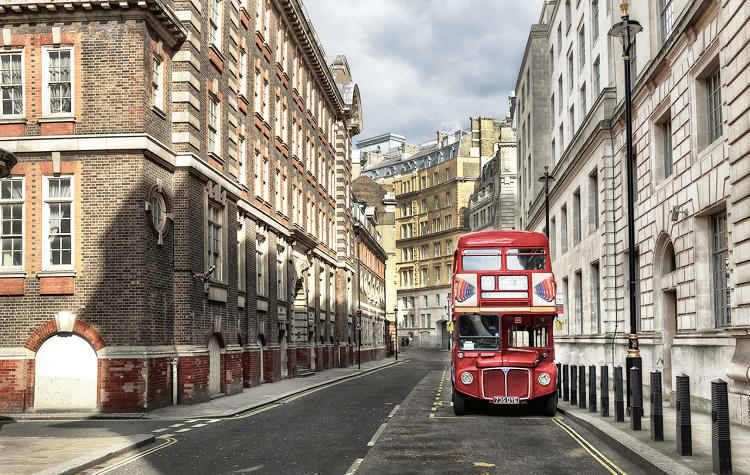
FLICKR USER NIKOS KOUTOULAS
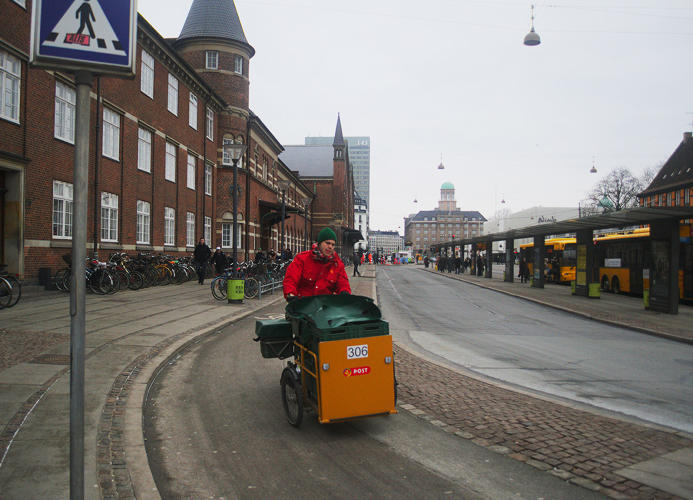
FLICKR USER ANGEL PEREZ

SAMOT VIA SHUTTERSTOCK
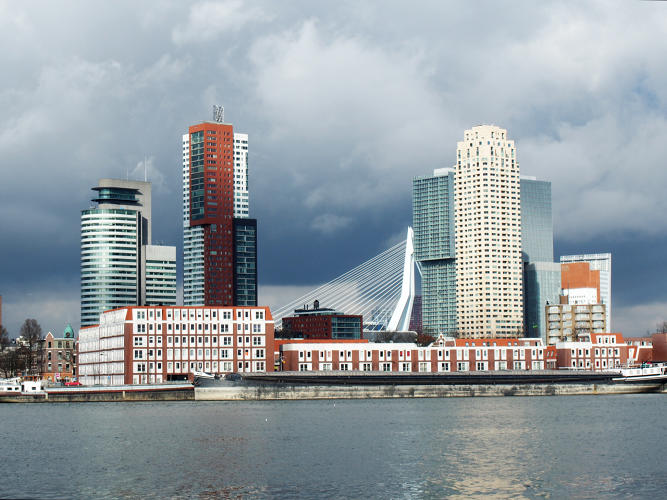
FLICKR USER HANS GRIEP
Frankfurt comes out on top of the 50 cities examined, followed by London and Copenhagen. European cities take seven of the top 10 places, and a U.S. city doesn’t appear until Chicago in 19th place. Many of the lowest places are taken by fast-growing Asian cities, like Jakarta (45th), Manila (46th), Mumbai (47th), and New Delhi (49th).
Bottom 10
41. Doha
42. Moscow
43. Jeddah
44. Riyadh
45. Jakarta
46. Manila
47. Mumbai
48. Wuhan
49. New Delhi
50. Nairobi
Even Frankfurt doesn’t do well across the board. It’s first in the profit and planet categories, but drops to ninth in its rankings for people. That’s because its population has long working hours and a high “dependency ratio”—that is, a lot of non-working young and old people relative to its working population. Rotterdam comes first for people but drops to 19th for profit, reflecting its business environment. San Francisco comes ninth for profit, because of its successful tech economy, but 37th for planet, because, like many U.S. cities, it’s not particularly energy efficient. Doha, perhaps the most “unbalanced” of all, is 30th for profit and dead-last for planet.

OSCITY VIA SHUTTERSTOCK

FLICKR USER IAN MUTTOO

FLICKR USER MOJOBARON

FLICKR USER UCHIUSKA
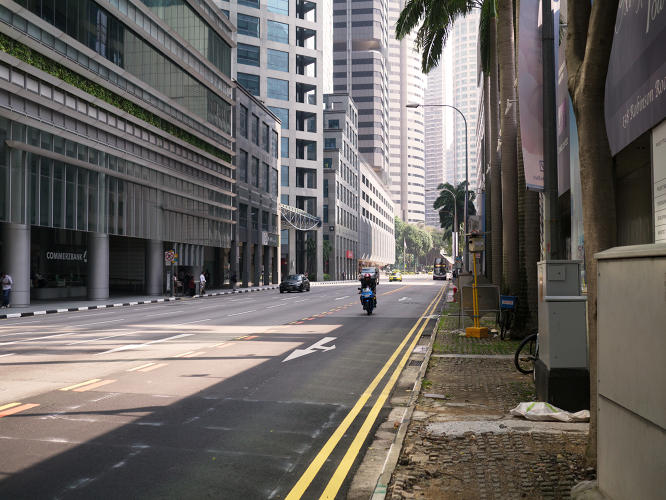
FLICKR USER RYM DECOSTER
As yet, no city is perfect, but some in Europe seem to be finding a better equilibrium than others. See more results from the report here.
This article originally appeared in Fast Company.













